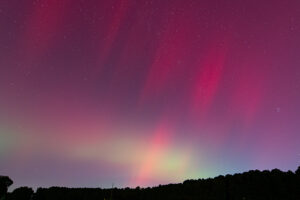A total solar eclipse is, by far, the most beautiful spectacle I’ve ever witnessed. The first time I saw one was in 2017. In August of that year, the shadow of the so-called Great American Eclipse swept across the United States from coast to coast. I traveled several hours to the Tennessee border and chose the peak of Huckleberry Knob as my viewing spot. Naively, I thought I had found a secret location. (Note to self: I am not the only one who knows how to use Google Earth!) For several hours before the eclipse began, a cluster of ominous clouds threatened to ruin everything, to the point that many of the people who had chosen the same viewing point started descending the mountain to try their luck elsewhere. I decided to stay. Fortunately, it was the right decision: fifteen minutes before totality, a clearing opened right above the mountain. The perfect alignment of the Moon and the Sun brought out the emotions of those of us witnessing an unforgettable event. That day I became an eclipse chaser.
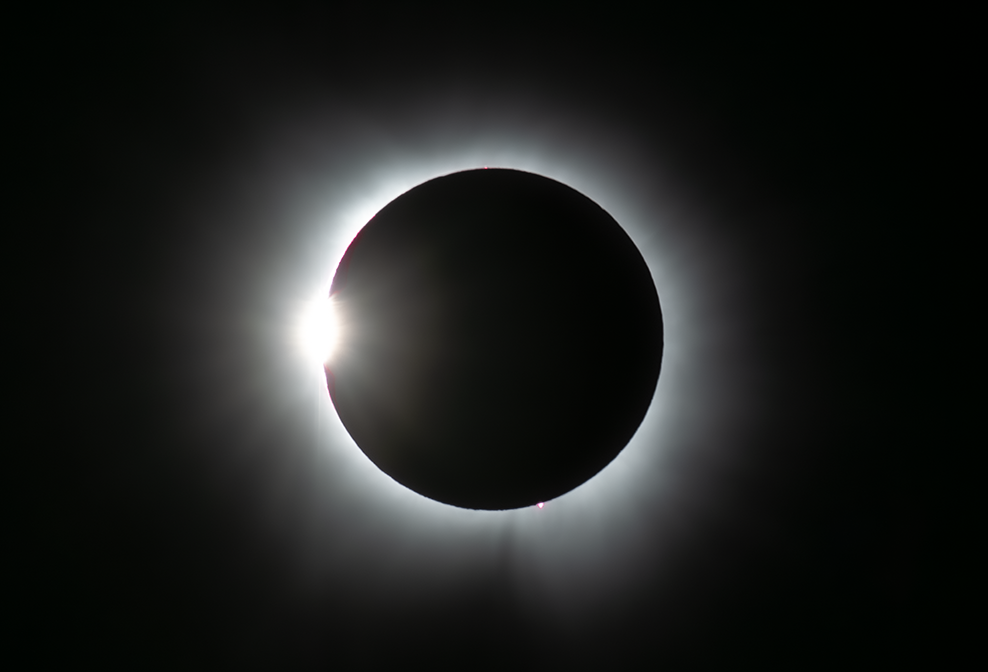
I only had to wait until April 2024 to witness another total solar eclipse over the US. This time, the shadow moved from south to north. The place I chose to observe it with my family was Tyler, TX, a city east of Dallas. We made all the reservations almost a year in advance. You can plan everything to be in the best spot to see a celestial phenomenon. Everything, except the weather. For five days leading up to the eclipse, we monitored the weather forecast and cloud cover. A couple of days before the event, a persistent prediction of 45% cloud cover opposed our primary goal for the trip. We decided to try our luck further north. Incredibly, we found accommodation in a hotel near Hot Springs, AR, the night before the eclipse. The following morning, we were pleasantly surprised to confirm that the decision to go northeast of Texas was absolutely right: a blue sky promised an unobstructed show.
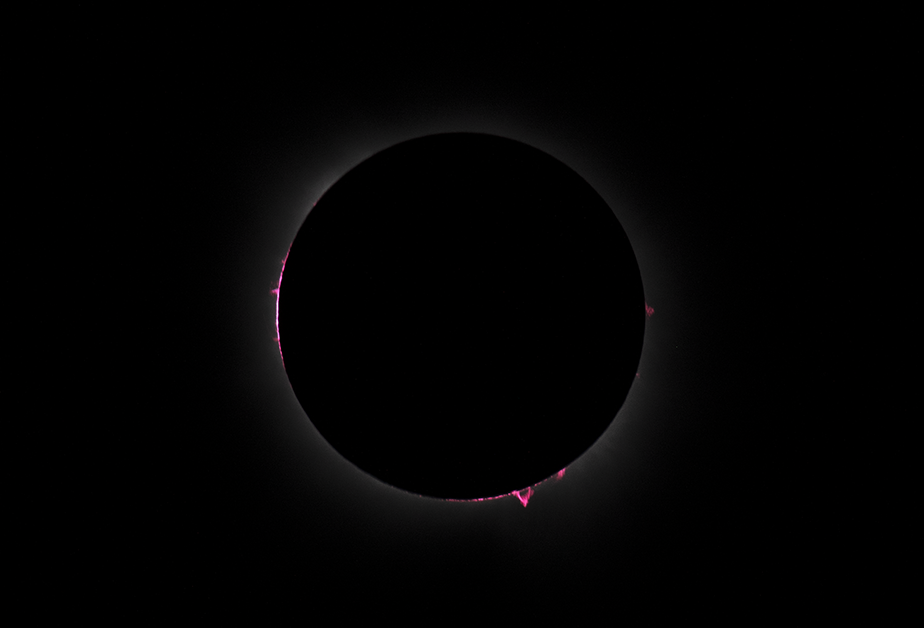
Due to the coincidence of this event with the peak of solar cycle 25, the Sun’s vigorous magnetic activity enhanced the beauty of the eclipse, revealing magnificent prominences easily visible to the naked eye during totality. The corona lived up to its name, majestically crowning the moments when the magic of perspective and proportions reminded us, once again, how lucky we are to have the best eclipses in the solar system.
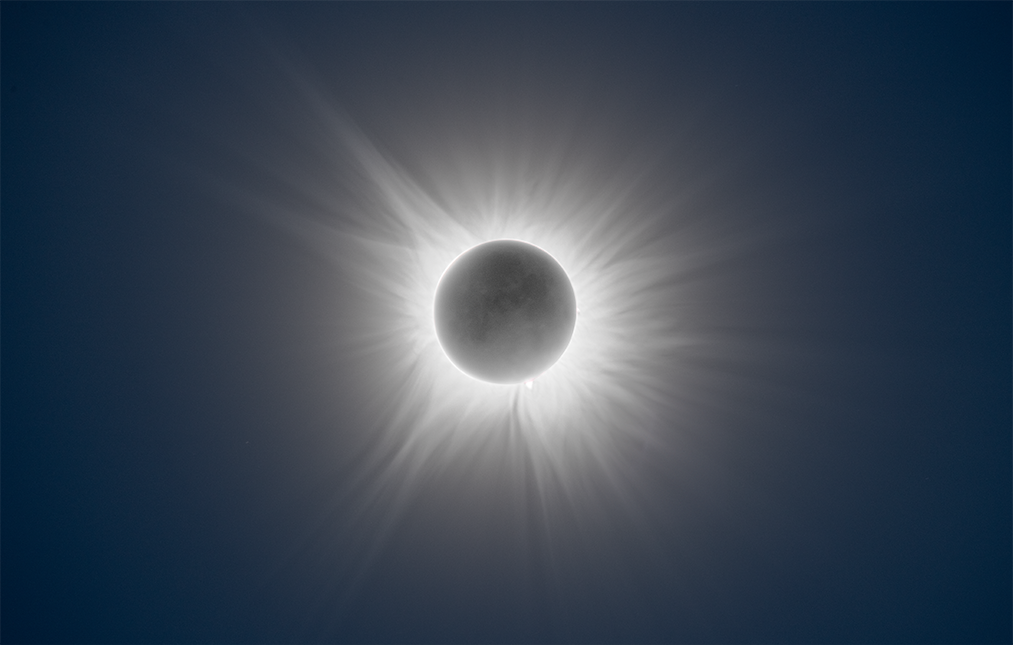
But the April 2024 eclipse wasn’t the only one over North American soil in recent years. In October 2023, an annular eclipse was the perfect excuse to visit and explore San Antonio, TX. In the case of an annular solar eclipse, you need to be as close as possible to the center of the shadow’s path to have the best experience, especially—like in my case—if the goal is to photograph the event. As usual, the presence of clouds disrupted the original plan to see the eclipse’s peak near the town of Hondo, west of San Antonio. Plan B was to drive northwest, toward the town of Sonora. Even with a forecast of less than 14% cloud cover, the southern half of the sky was plagued with altostratus clouds. Fortunately, the clouds didn’t flood the other half of the sky that mattered most that day. We enjoyed nearly 100 minutes of the eclipse, from the start of partiality to a few minutes after the maximum.

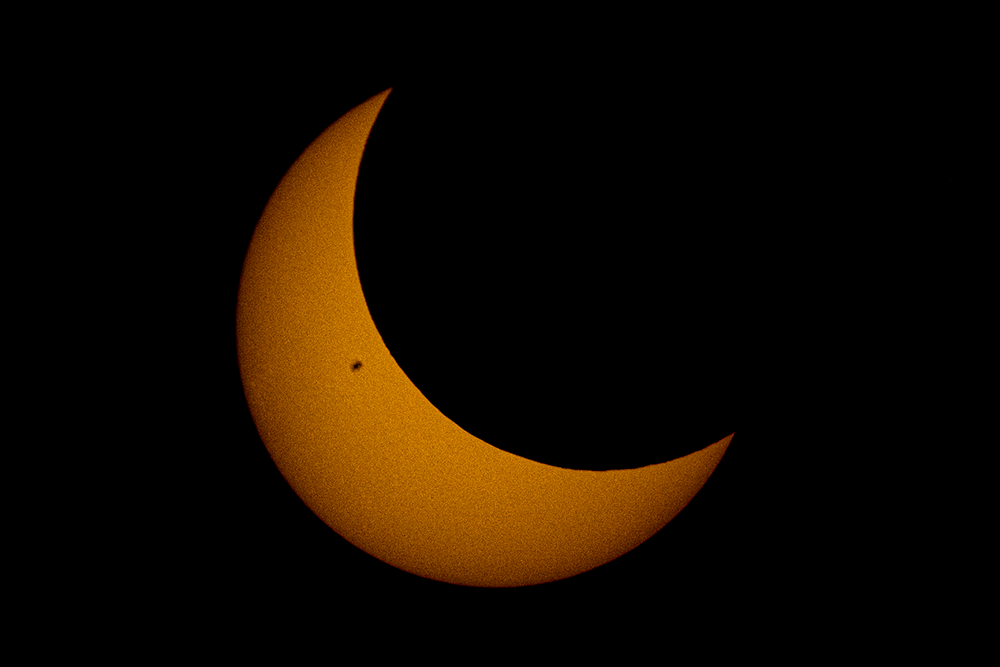
In annular eclipses, the apparent diameter of the lunar disc is smaller than that of the Sun, so there is no total occultation. But this geometry gives us the unique opportunity to witness something almost as magical as totality, called the ring of fire, where only the outer edge of the Sun’s disk is not eclipsed by the Moon.


